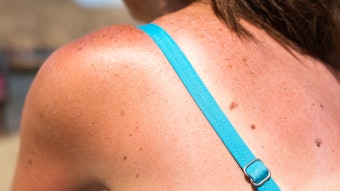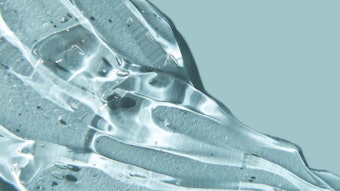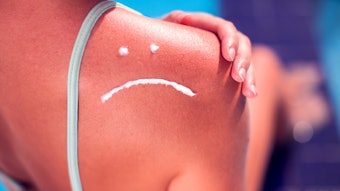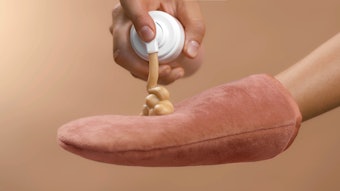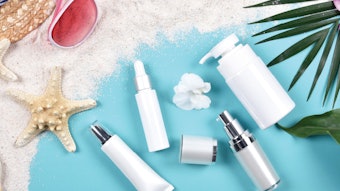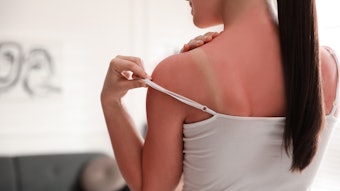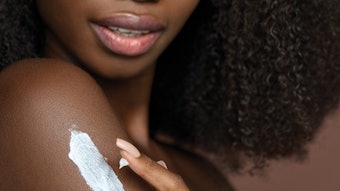Looking directly at the expression of the p53 gene may be a more accurate way of testing how well a sunscreen protects against UV damage, according to a recent study. Currently the sunscreen industry uses an SPF (Sun Protection Factor) value to communicate the efficacy of a product to consumers. However, SPF is a measure of the protection against UVB-induced erythema (skin-reddening) and says nothing about protecting against UVA rays, or the actual UV-induced DNA damage. Now a recent report published in the latest edition of the International Journal of Dermatology suggests an in vivo test using p53 expression as a way of judging sunscreen efficacy.
Guardian of the genome
The expression of the p53 protein, which study author Dr. Marko Lens describes as the ‘guardian of the genome’ as it plays a role in DNA repair and apoptosis, is higher in cells that have undergone some kind of external stress.
In epidermis not exposed to UV light p53, levels should be almost undetectable. Similarly, if the skin is well protected against UV radiation, levels of the protein should be very low, explained Lens. “Thus, p53 could be used as a sensitivity endpoint to evaluate efficacy of the sunscreen in protection of the skin against UV-induced DNA damage,” he said.
The study used 19 volunteers with fair skin (type II according to the Fitzpatrick scale), 5 male and 14 female. Two previously unexposed areas on the skin of the volunteers were treated with an SPF 15 sunscreen and two were left untreated.
One of the treated areas and one of the untreated areas were then irradiated with two times the minimal erythemal dose (MED)—the dose of UV needed to cause a patch of reddened skin with no sharp borders. The remaining two areas (one untreated, one treated) remained unexposed.
After 24 hours, skin samples were taken using a suction blister method and tested for p53 expression. The scientists found that the unprotected areas exposed to UV radiation contained significantly higher levels of p53 than the area that had been treated with the SPF 15 formulation, illustrating that an SPF 15 formulation can provide protection at the genomic level.
More sensitive and reliable
For Lens, looking at the extent of this protection at the genomic level, as this test using p53 allows, is more sensitive and reliable than the common SPF standard. In addition, as it looks directly at the DNA damage it is not UVA or UVB specific.
However, there are some drawbacks to this approach. The suction blister approach, although less scarring than other methods of taking skin samples, is still invasive, and an in vitro equivalent would not be as reliable or accurate, according to Lens. And looking to the future, Lens believes it is time to start looking at the molecular level when it comes to sunscreen efficacy, and we should be looking at incorporating p53 labelling indexes into routine practice.
Source: International Journal of Dermatology, 2008, volume 47, pages 1234-1239, "p53 labeling index in assessing the efficacy of a sunscreen in protection against UV-induced damage," Marko Lens, S Bielfeldt, Veronique Bataille and KP Wilhelm.
CosmeticsDesign.com, January 20, 2009

